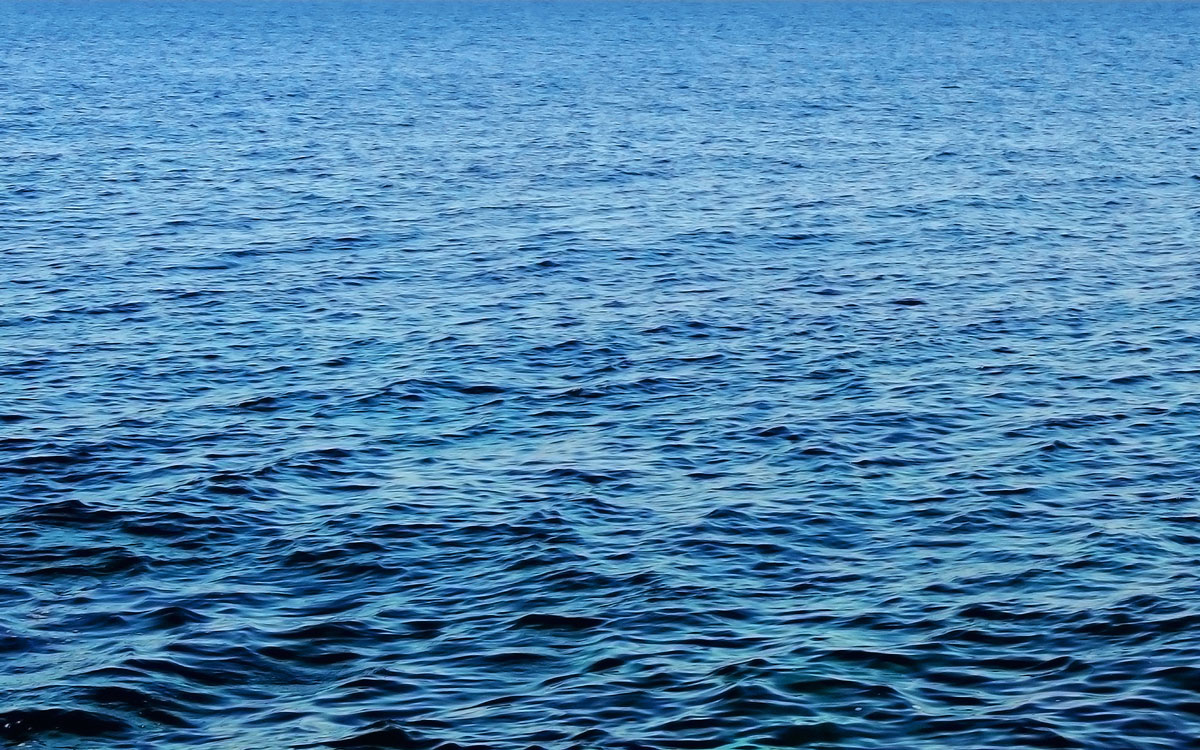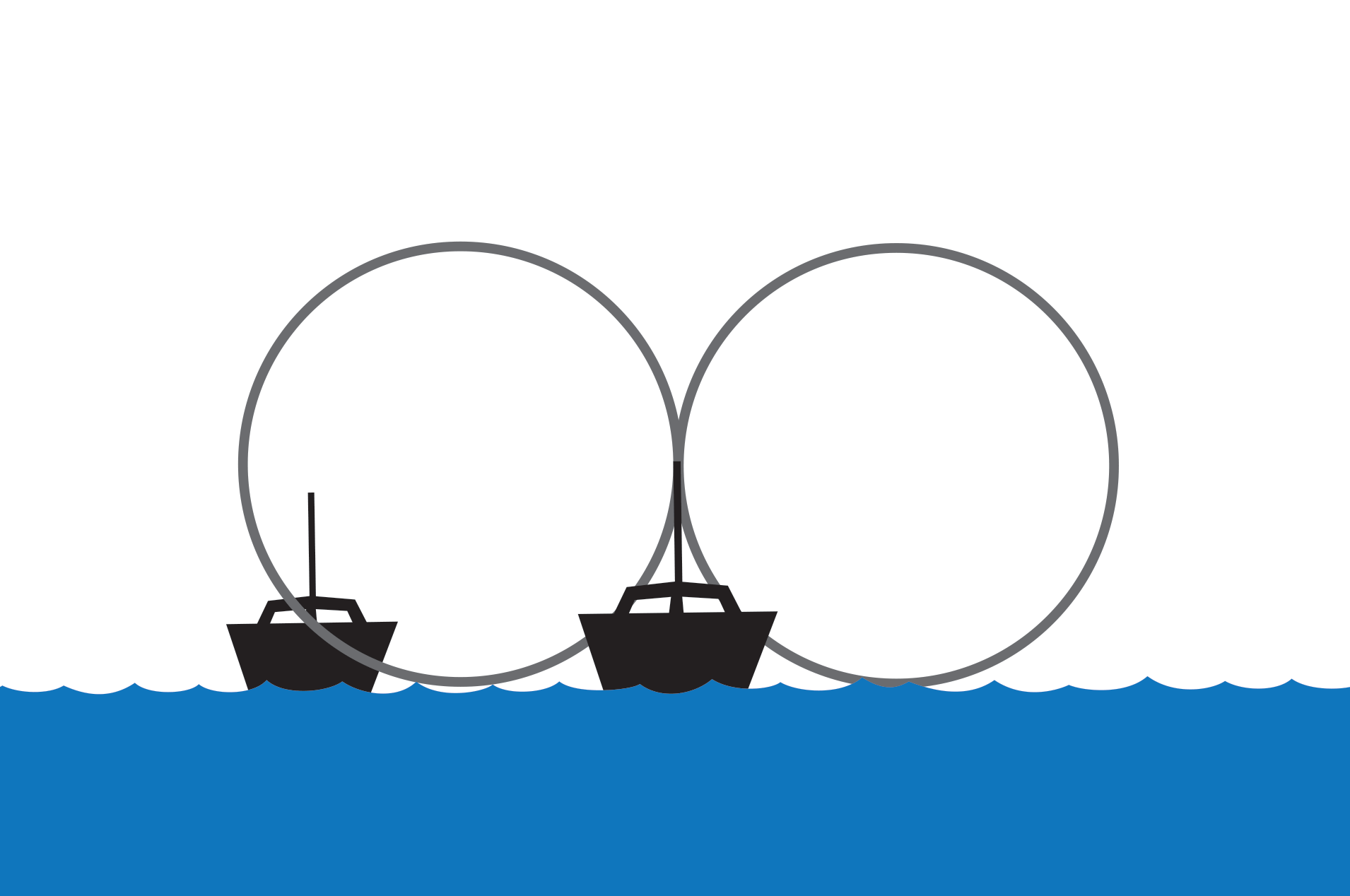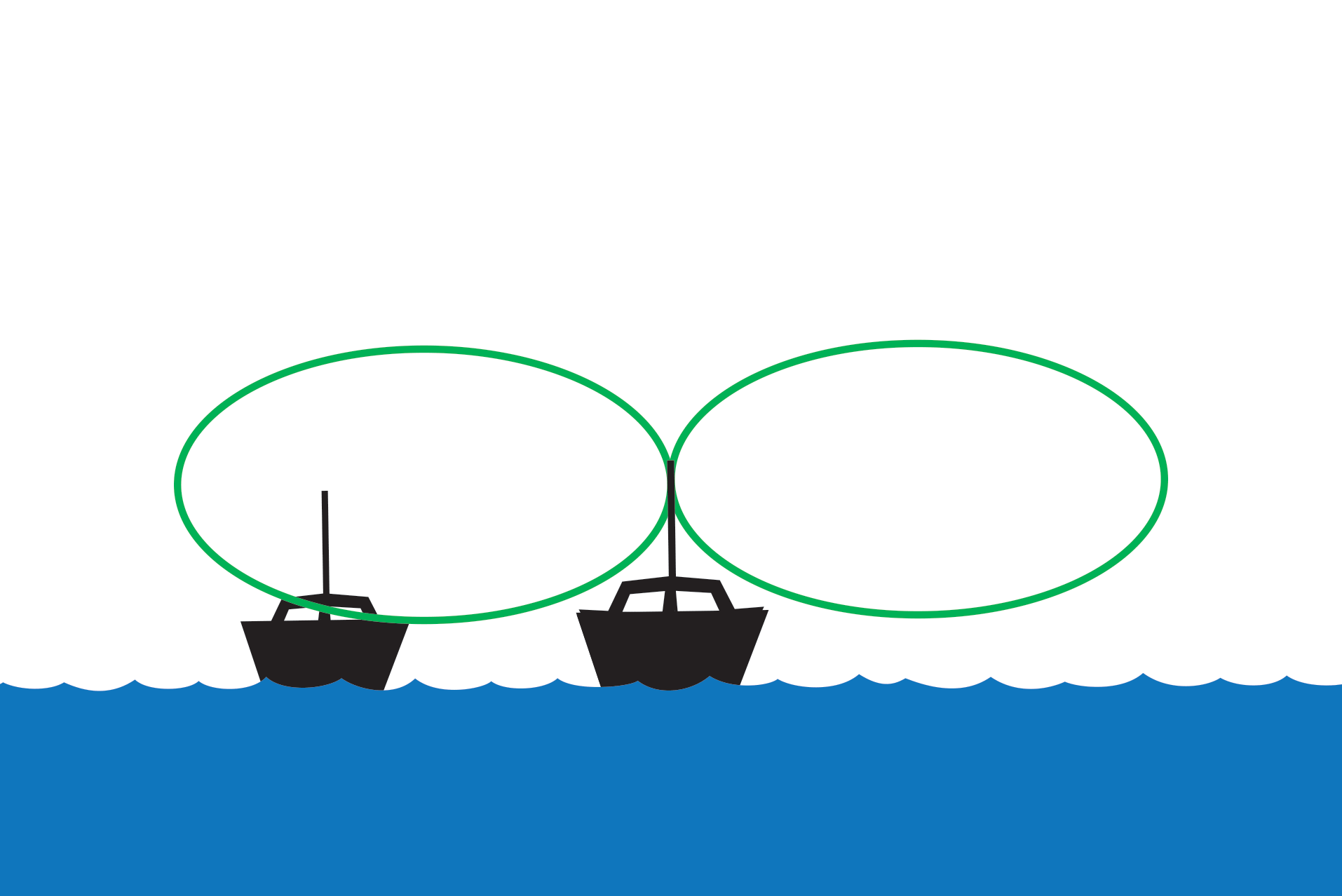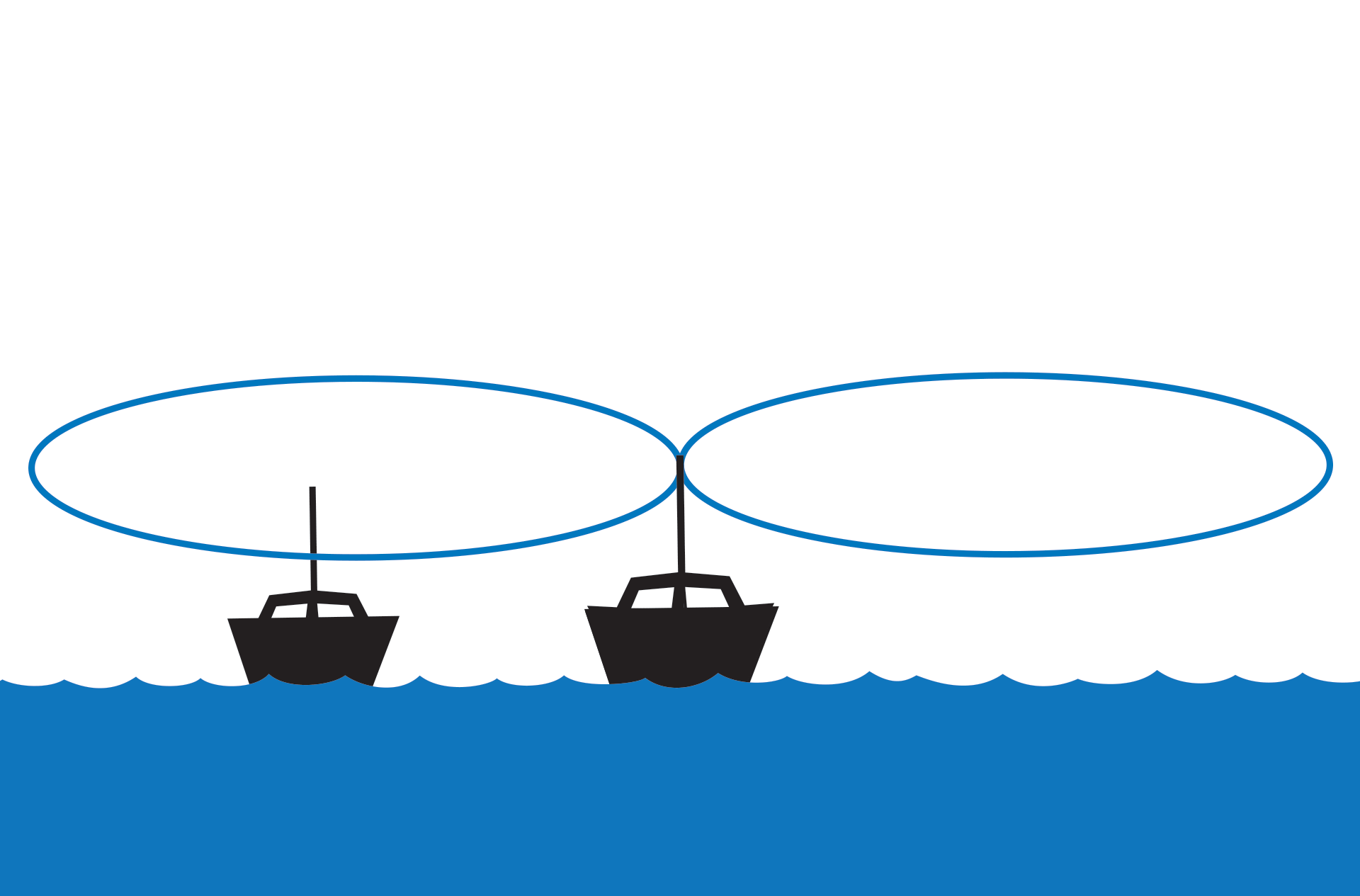Not sure which antenna is best for you? Take a look at some of these useful tips to get you started.
What dB Does Your Boat Need?
Just selecting an antenna with the most dB (also known as gain) doesn’t mean you get the best signal. As dB increases, the signal is more compressed like a focused flashlight. A compressed beam can cause the signal to fade in rough seas especially for smaller boats that tend to rock more.
Below demonstrates that while a smaller dB isn’t as concentrated, it offers the most consistency in the area covered when a boat is rocking. A larger dB sends a further signal but is not efficient with high levels of boat movement.
Keep the maximum dB that your boat can use in mind as you walk through the steps of picking an antenna.
Step 1: Get High.
Last time we checked, the earth is round. You want to exceed the curvature of the earth by getting your antenna as high as possible.
Taller antennas (over 8 feet) usually require 2 mounting points. A swiveling mount at the base and a stand-off bracket a few feet from the base. Shorter antennas (8 feet and under) usually only need to be mounted through their base. So pick a spot on your boat and an antenna length that get you as high as possible.
[CP_CALCULATED_FIELDS id=”1″]
Step 2: Drown Out the Noise.
Drown out the noise from other radios and the environment by having an efficient transmission system. An efficient transmitter improves the amount of signal and the amount of noise that another listener would hear from you. Would you pair a low quality speaker to a high quality stereo system? The same applies to your antenna.
The factors (within your control) that can improve the efficiency of your transmission are:
- Quality of your antenna elements.
- Quality of your coax.
- Quality of your connectors.
Step 3: Keep Other Features In Mind.
It’s easy to just pick up the first antenna you see, but you should consider some of these valuable options.
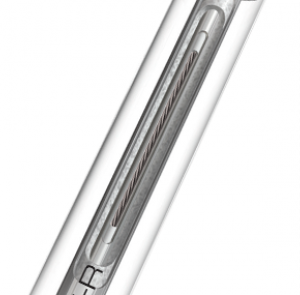
Element Type
Better elements, better efficiency, better range.
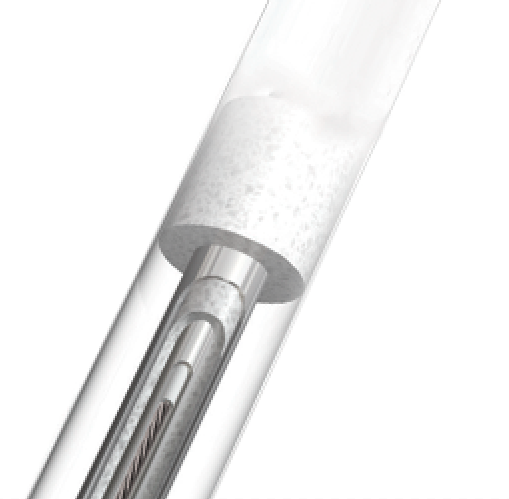
Construction
Ethafoam spacers protect the elements from vibration for greater durability.
The outside shell is called the radome. A thicker radome also increases durability.
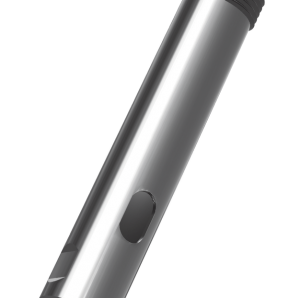
Fittings
Stainless Steel > Chrome brass > Nylon
To prevent wear it is recommended to match the material on the antenna fitting to the material of the mount.
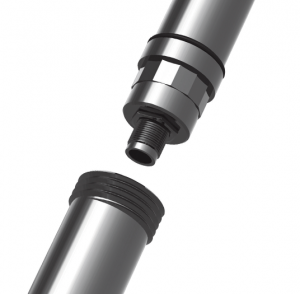
Removable
An antenna with a removable connection is easier to stow and replace.
Choose the Antenna That’s Right for You.
Shakespeare’s products range from our Classic Antennas, which are your basic communication needs, to Phase III Antennas, our premium performing antennas with high end deck hardware. With any boat type or communication needs, Shakespeare Antennas have you covered.
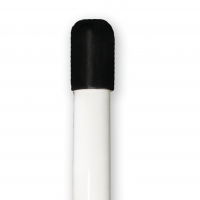

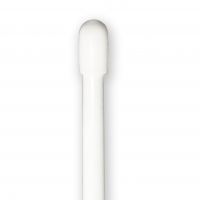

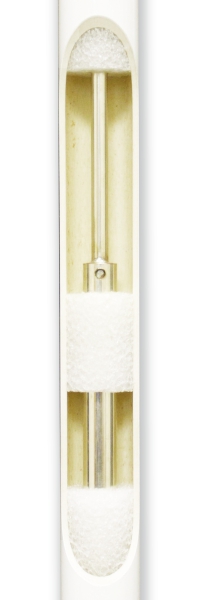


High end deck hardware meets performance with:
- Silver-plated brass elements
- Thick radome & ethafoam spacers
- High-gloss, non-yellowing protective finish

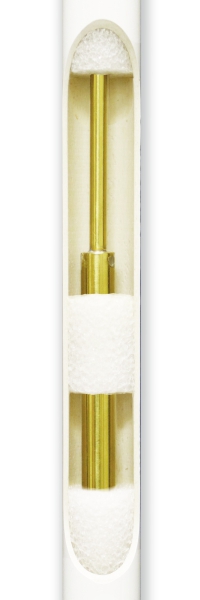


The industry standard for beauty and performance with:
- Brass elements
- Thick radome & ethafoam spacers
- High-gloss, non-yellowing protective finish

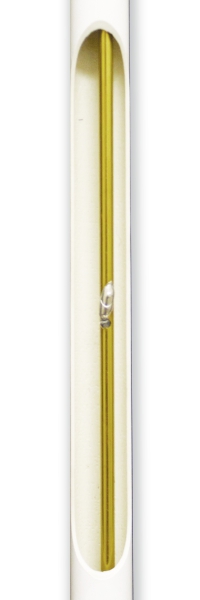


Basic communications, navigation & entertainment with:
- Coaxial conductors

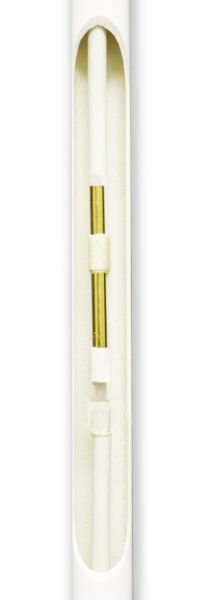


Basic communications, navigation & entertainment with:
- Thin brass elements




Stylish stainless steel fittings.



Stainless steel fittings.



Chrome-plated brass fittings.



Nylon fittings.
Cable types can greatly affect transmission efficiency. The below table shows typical cable loss and efficiencies for a 20 foot run of coax, between a 25 watt radio and an antenna with a VSWR of 1.5:1.
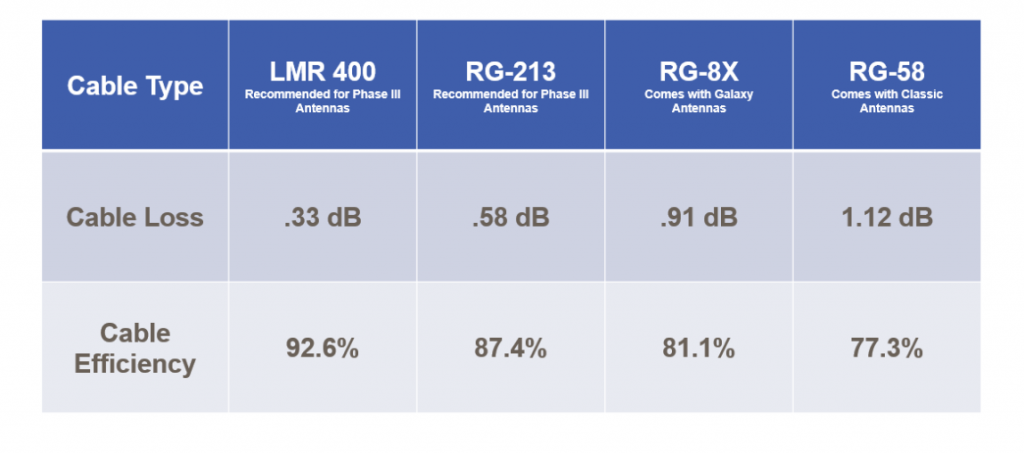
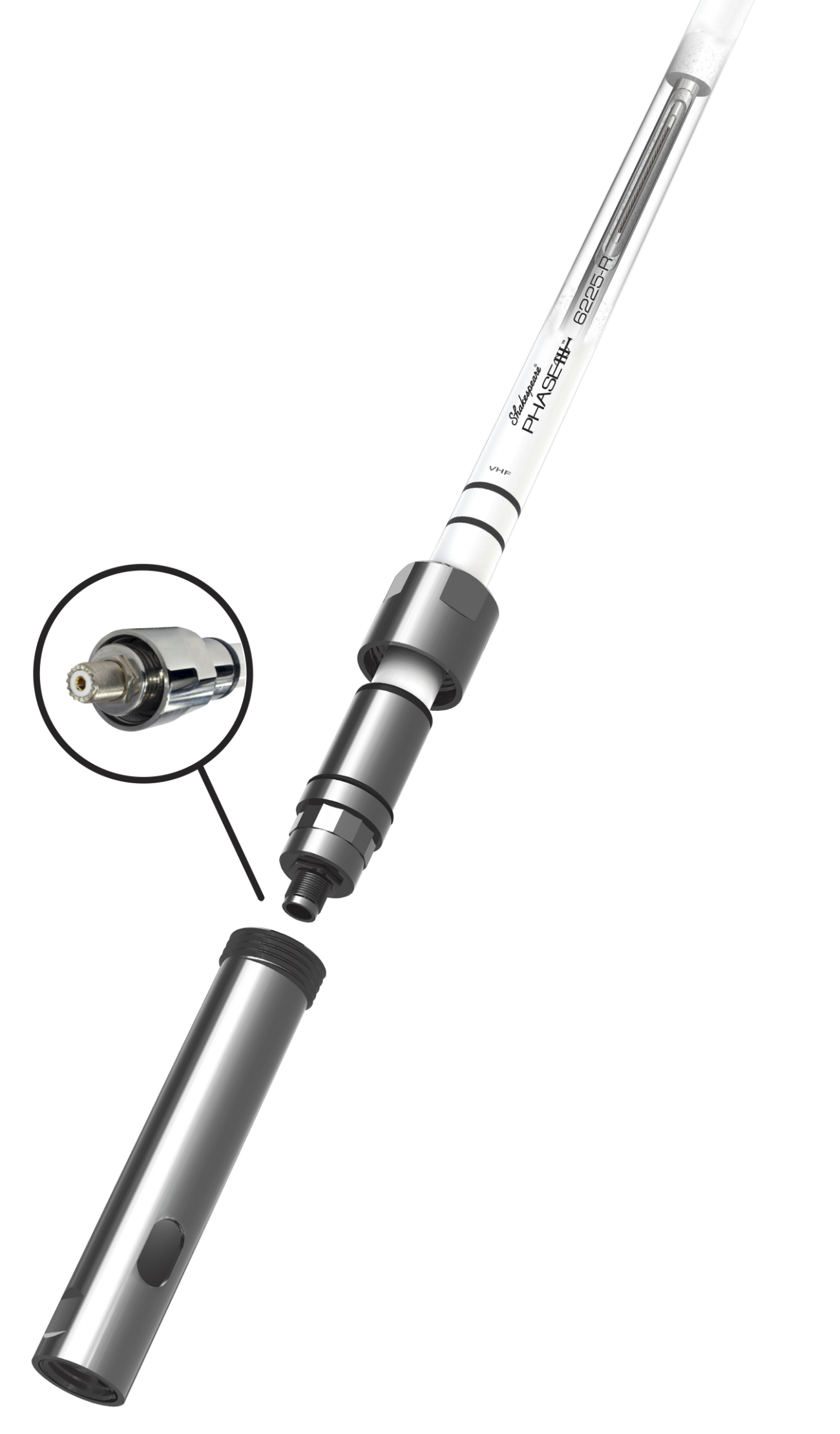


Easily remove an antenna without the hassle of re-installing cables. Compatible with a variety of cables including low loss RG-8/X, RG-213 or LMR 400.
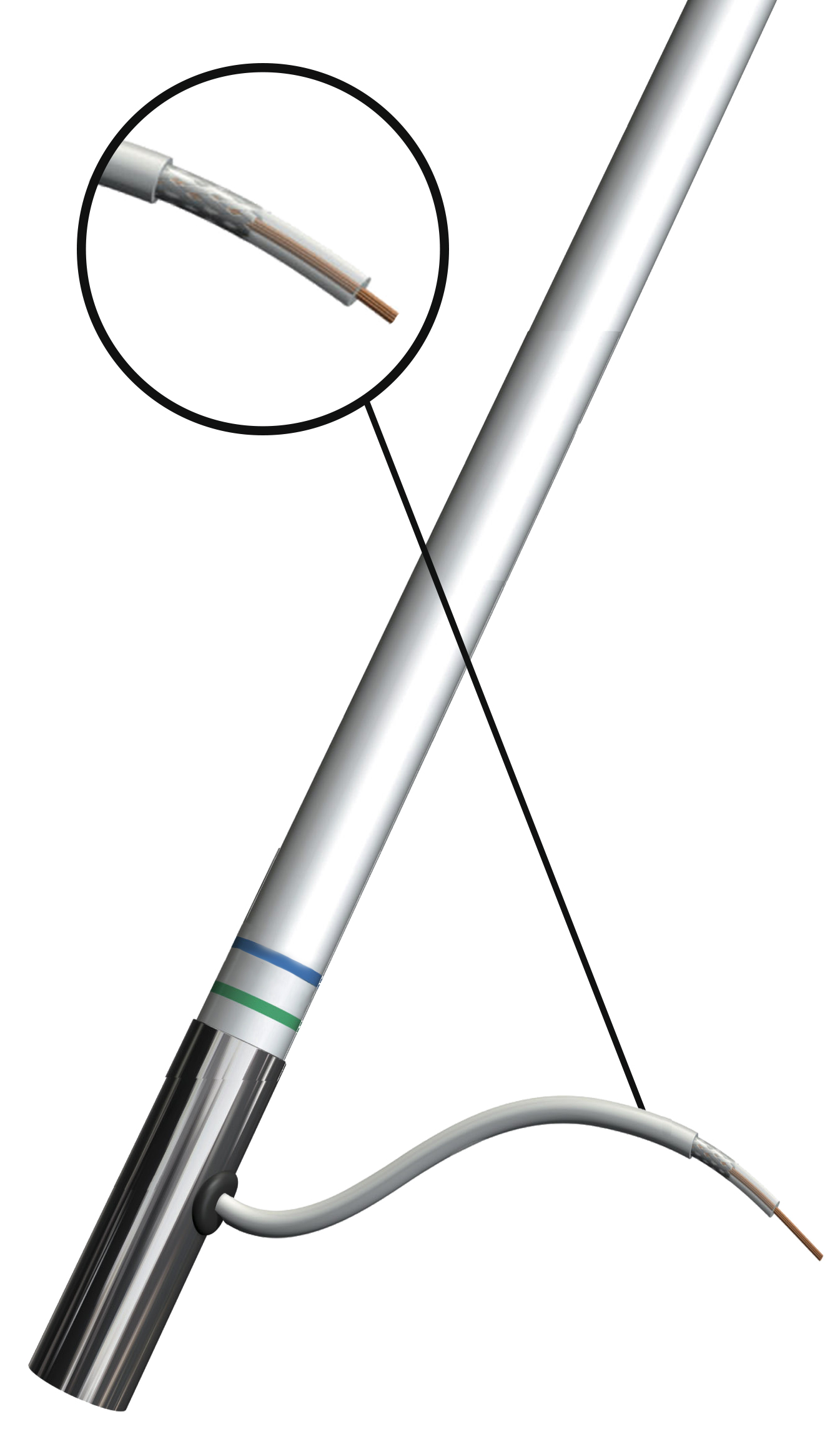


With RG-8/X premium high efficiency, low-loss cable.
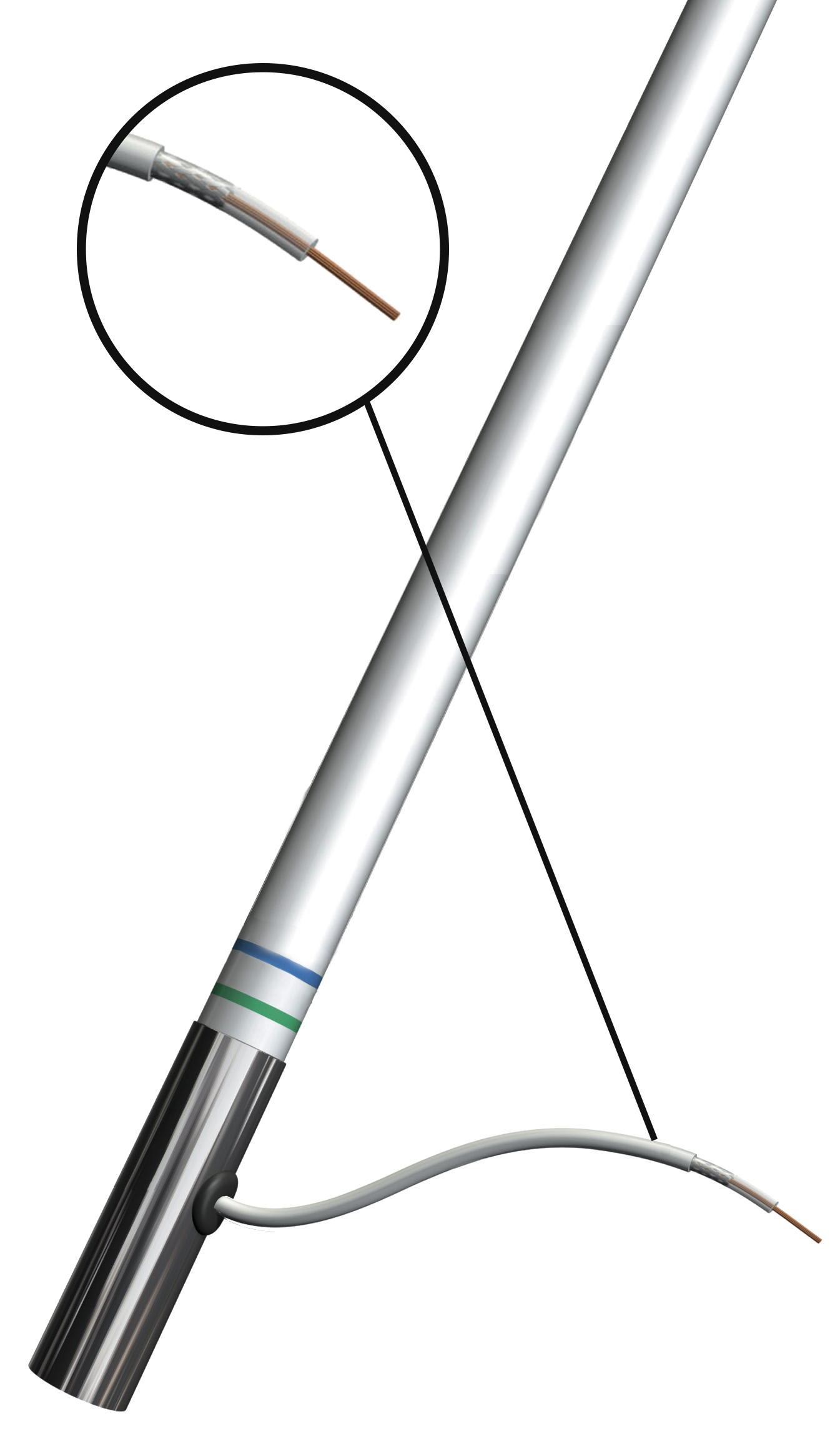


With RG-58 basic coax cable.

